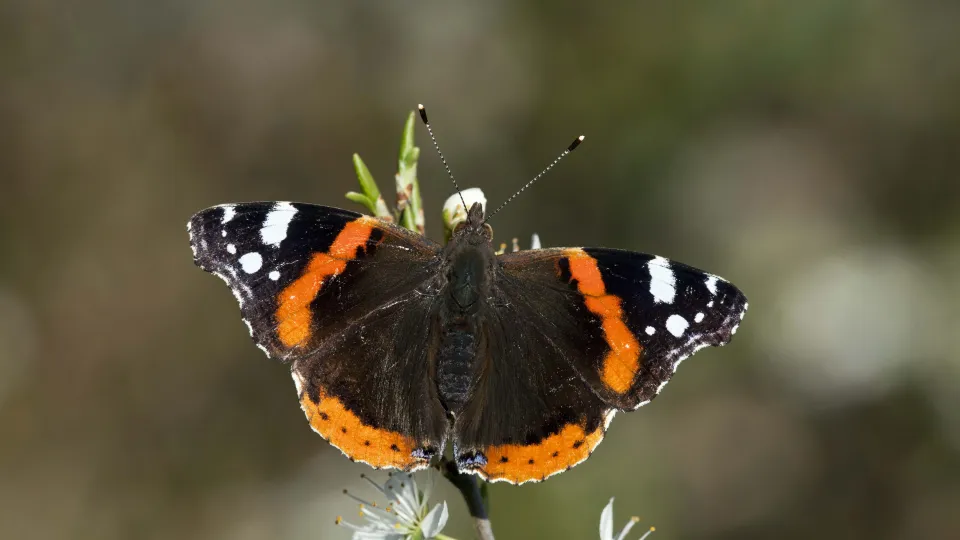
Red admiral
The red admiral is an unmistakable garden visitor. This black-and-red beauty may be seen feeding on flowers on warm days all year-round. Adults are mostly migrants, but some do hibernate here.
A Taxa which are neither threatened nor near threatened.

The red admiral is an unmistakable garden visitor. This black-and-red beauty may be seen feeding on flowers on warm days all year-round. Adults are mostly migrants, but some do hibernate here.
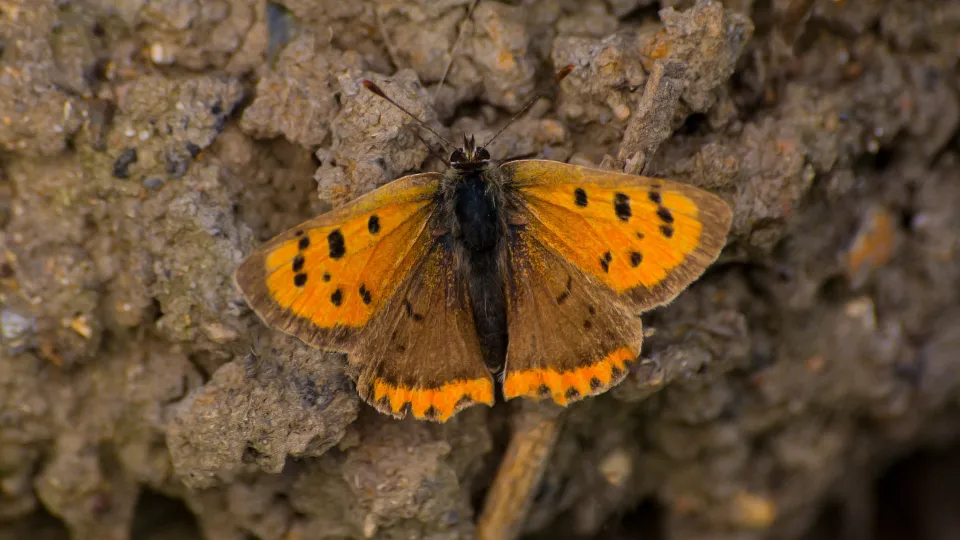
The small copper lives up to its name in both colour and size! Look out for it from April onwards in dry, sunny habitats like heathland, downland and woodland. It can be spotted in gardens, too.

The Purple hairstreak is an elusive butterfly with a brilliant purple sheen. It is entirely reliant on oak trees and can be spotted chasing around the treetops in woodlands and parks.

It’s easy to see where these butterflies get their name – the males have bright orange tips on their wings! See them from early spring through to summer in meadows, woodland and hedges.
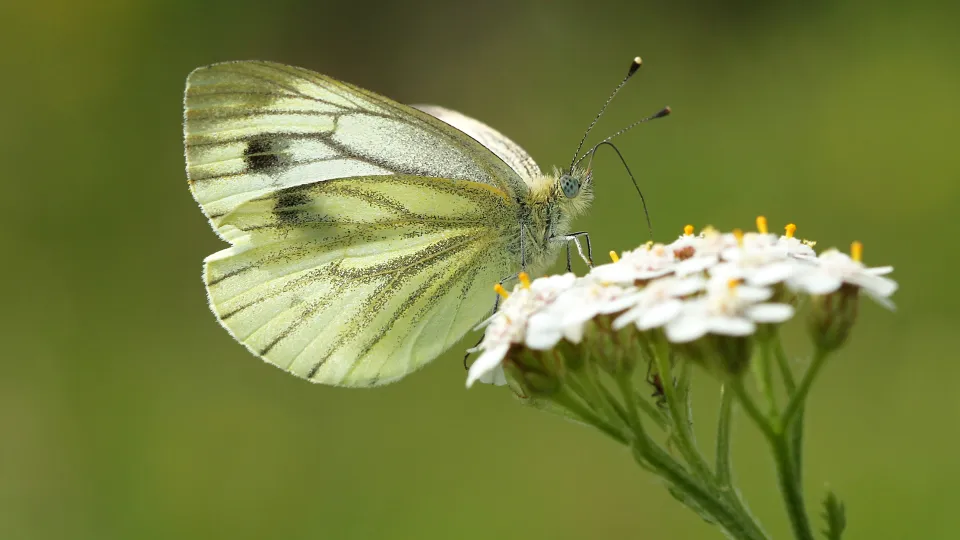
The green-veined white is a common butterfly of hedgerows, woodlands, gardens and parks. It is similar to other white butterflies, but has prominent green stripes on the undersides of its wings.
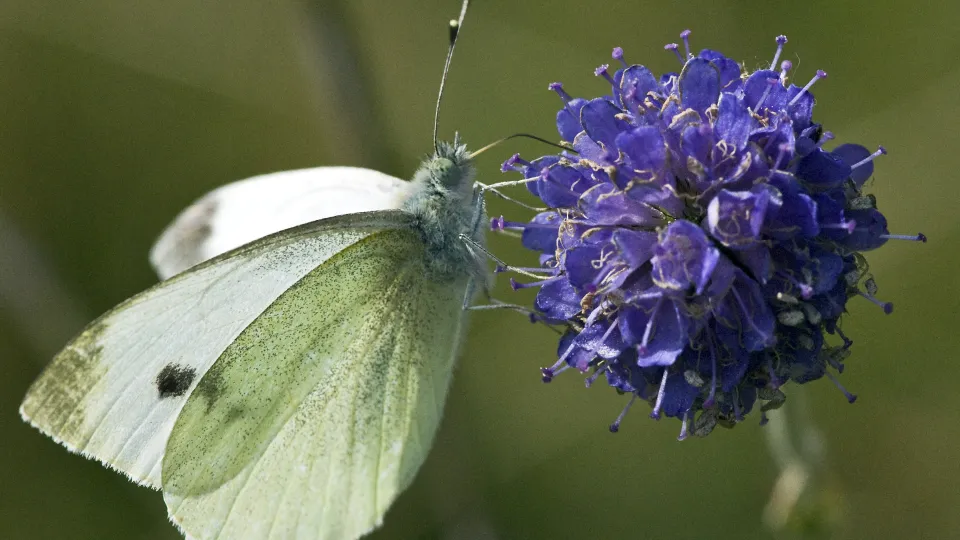
The small white is a common garden visitor. It is smaller than the similar large white, and has less black on its wingtips.
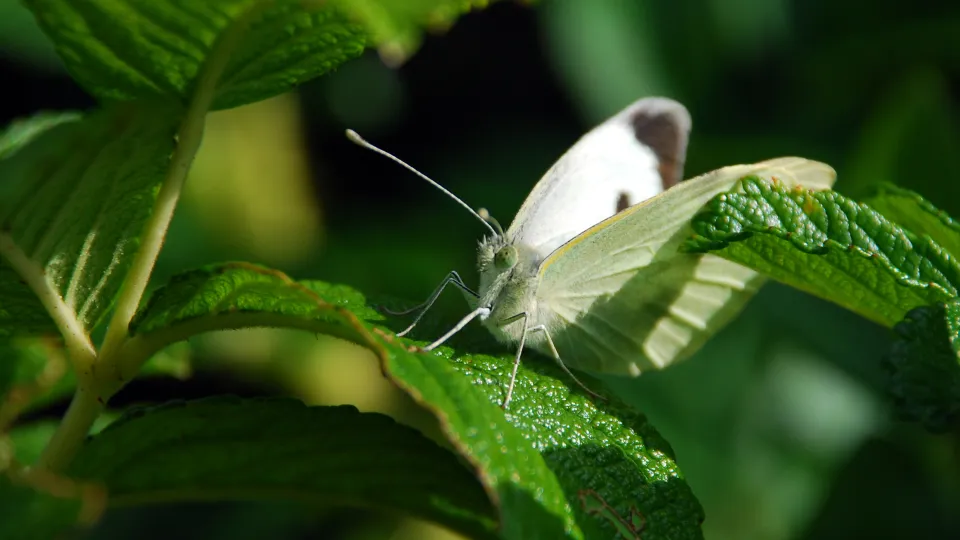
The large white is a common garden visitor - look out for its brilliant white wings, tipped with black.
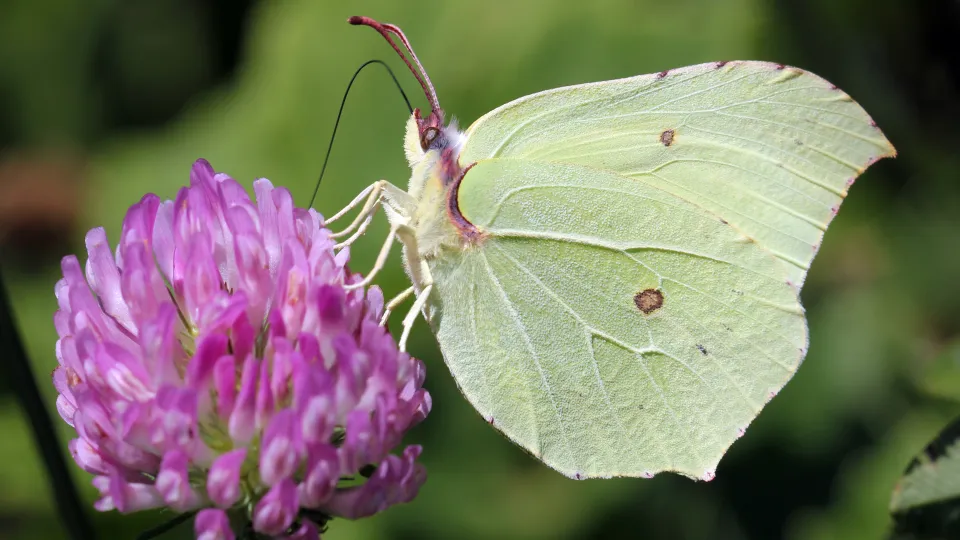
One of the joys of a spring day is watching a fluttering, lemon-yellow brimstone alight on a flower - an early sign that the seasons are changing. It is commonly spotted in gardens, woodland and parks.
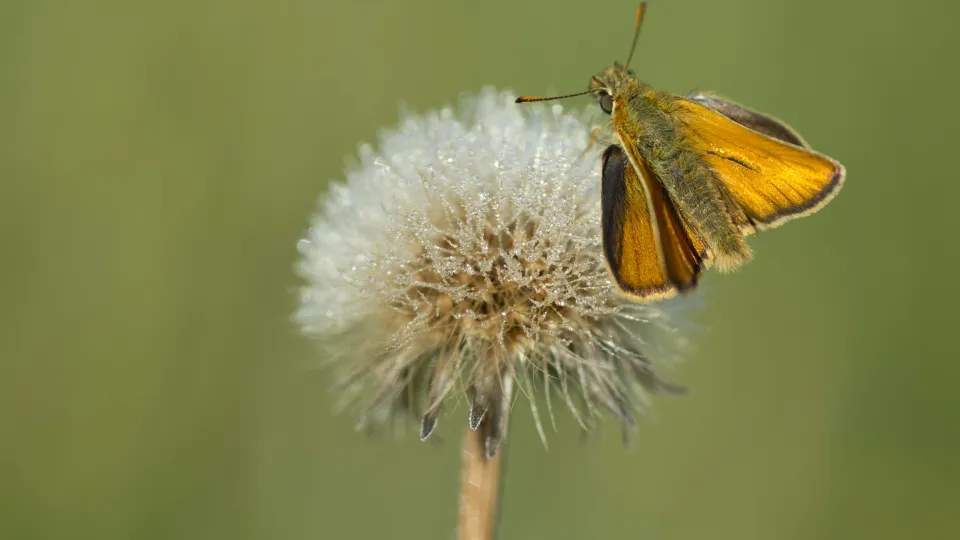
Often found basking on tall grasses, or buzzing between stems, the small skipper is a small, orange butterfly. It prefers rough grassland, verges and woodland edges.
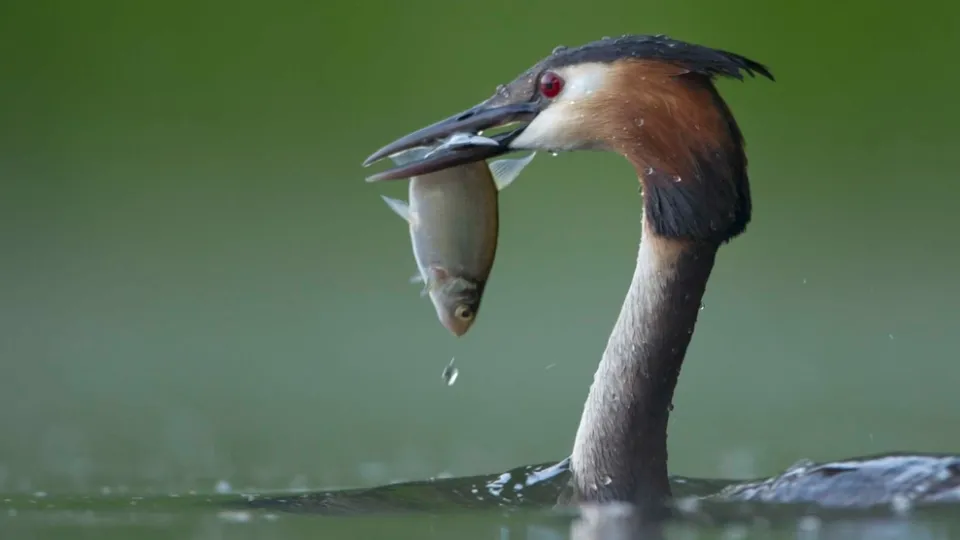
The graceful great crested grebe is a familiar sight on our lakes and reservoirs, and is well-known for its elaborate courtship dance, during which it rises vertically out of the water and shakes its head.